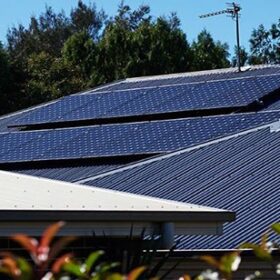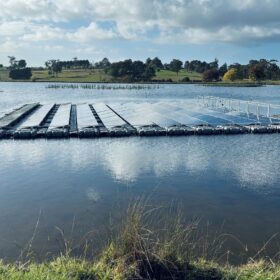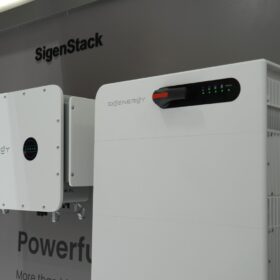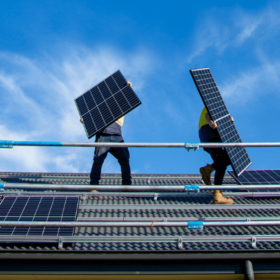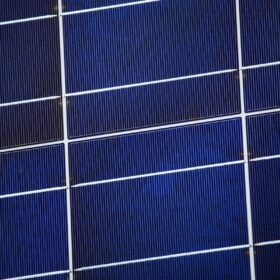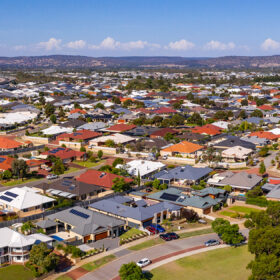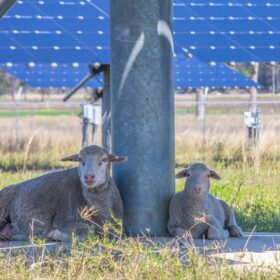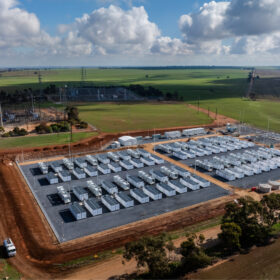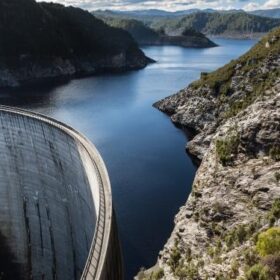WoodMac predicts 3.8 TW of new solar by 2033
Wood Mackenzie says that solar will account for 59% of new renewables between 2024 and 2033. China is expected to drive the growth, accounting for half of new solar deployment over the projected time period.
Queensland outshines interstate rivals in rooftop solar stakes
Victorian solar company Solar Run has identified Queensland’s “aggressive” renewable energy policies as the driver for the state’s impressive PV installation rates with new analysis showing it leads Australia with more than 54,000 installs.
Buildings as renewable energy hubs in clear view of smart window company
A Western Australian smart window technology manufacturer has secured a repeat order from the USA hot on the heels of its role in Australia’s first commercial building installation in Victoria.
Benefits of floating solar on display for agribusiness sector in Victoria
A 50 kW floating solar system deployed on a lake at Lardner Park in southeast Victoria is being used to demonstrate the benefits of the technology for Australia’s agribusiness sector, including its ability to utilise water bodies instead of pastures that contribute directly to farming profit.
Rio to install two 5.25 MW solar farms at NT mine site
Resources giant Rio Tinto will install two 5.25 MW solar farms at its Northern Territory Gove Peninsula bauxite mine to reduce carbon emissions and leave sustainable power supply for First Nations people after the mine’s closure later this decade.
Volumes ‘going backwards’ as rooftop market drops off
The roll out of rooftop solar in Australia has slowed with a total of 248 MW of new capacity registered across the country in June, a 14% decline on the previous month and the lowest tally since January.
Sigenergy launches new energy storage solution for C&I segment
Chinese manufacturer Sigenergy has launched a new modular energy storage solution that combines a hybrid inverter and battery pack with a built-in energy management system. The inverter series offers a range of power options from 50 kW to 110 kW.
AGL partners with Elecsome on solar panel recycling plan
Power giant AGL Energy has teamed with Melbourne-based solar panel recycling company Elecsome to explore the development of a PV materials recovery facility at the site of the coal-fired Bayswater power plant in the New South Wales Hunter Region.
RETC releases 2024 PV Module Index
The United States-headquartered Renewable Energy Test Center has released its annual PV Module Index, evaluating the reliability, quality, and performance of solar panels.
Court issues $40,000 fines for rooftop solar licence-sharing scheme
Two Western Australian companies and three people have been fined almost $40,000 for an illegal electrical licence-sharing arrangement involving 25 rooftop solar installations at properties in the state’s southwest.

